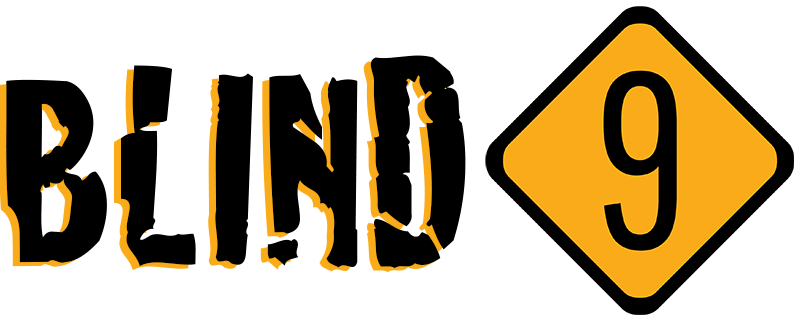Blind 1 at Ridgefield sits on a ablong pond on the eastern end of the refuge somewhat near the entrance. It’s a pit blind with a 2-man concrete vault and a 1-man cylinder. The blind also has a lean-to cover over it providing a great hiding spot but limited visibility behind you. The lean-to cover can make getting in and out a challenge, especially late in the season when there’s a lot of mud around the blind.
The blind faces west-northwest and sits at the northeast corner of an oblong pond. The far edge of the pond is about 30 yards out from the blind, with the northern edge (the right side) of the pond extending about five yards and the southern end about 40 yards (to the left).
Hunting Style
I’ve hunted this blind a couple of times. The cover means birds flying behind you won’t see you and if you grass up the front you’ll have a nearly ideal hiding spot. However, this cover can limit your overhead shots at circling or passing birds. You will get the occasional jet-plane buffleheads or shovelers screaming by but you won’t see most of them in time since you are sitting so low. It’s a good spot to practice your calling and try to get birds to come in to your decoys.
During my lone hunt I saw birds picking up off the non-huntable part of the refuge about 300 yards to the south and fly towards me and turn about 50-60 yards away and land in an adjacent pond sitting to the south. If you get a couple of ducks puddling in there you will have a hard time attracting any to your dekes, but they’ll all flush when you do get to take a shot or when you get out of the blind to stretch your legs.
Sometimes these birds will turn right over you and you might get a fleeting overhead shot. However, since you are so well concealed you will get a few that will circle behind you and, depending on the wind, dive right into the pond in front of you presenting an easy 10-30 yard shot. During my hunt the only shots I took were of birds landing in the spread. However, they were all shovelers and teal.
There’s a small pond to the west, northwest of the blind surrounded by tall grass. You’ll pass it as you walk in. I’m told you can toss a couple of teal decoys in that pond to get more teal action, but it’s probably too far to get a safe shot, so you’ll want to catch them on the swing.
Goose Opportunities
Blind 1 is one of the better blinds for geese on the refuge as groups often use the open fields running north-south along lake river as a flyway into the non-hunting part of the refuge. They can present you with some good, low shots of passing geese and you might even be able to get a few to descend on some geese floaters, or on some decoys placed in the field behind (to the east of) the blind.
Other Tips
- On the right day you can be pretty patient and birds will dive right into the pond, especially shovelers.
- Passing shots are difficult due to limited visibility.
- Since the pond isn’t all that large you won’t need a lot of decoys. A dozen is plenty for here.
- Set some goose decoys behind the blind to see if you can attract some loners or pairs.
- This is a good blind if you don’t like to walk long distances.
- Action on the blind heats up as it gets later in the season.
Blind Details
Type: pit, 2-person vault and 1-person cylinder.
Pros: Easy to find; short walk; shallow water makes for easy retrieves; close-in shots; good for goose
Cons: Cover over pit hinders visibility and shooting; blind can be hot and cold with better numbers later in the season. Large, un-hunted adjacent pond to south can pull birds away from your spread.
Hunting Log


